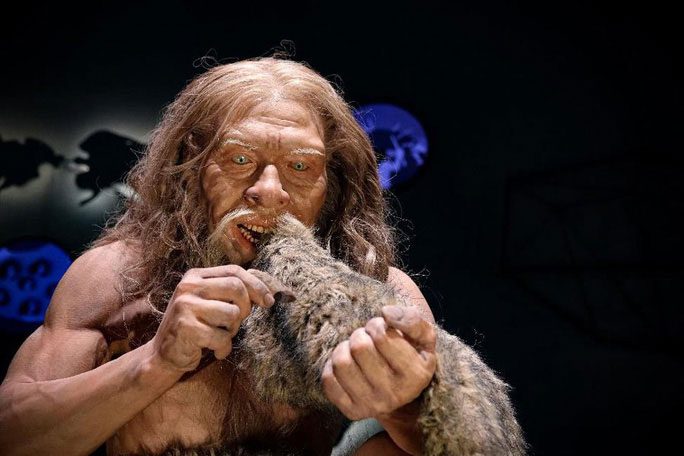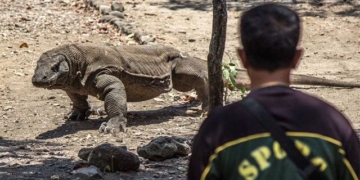The superhuman species, Neanderthals, known for their advanced skills and prowess as mammoth hunters, faced an incredible plight when they attempted to shift to hunting rabbits.
According to Ancient Origins, a study conducted by several universities in Spain and the UK sought to explain the extinction of Neanderthals in Europe around 40,000 years ago.
Neanderthals are an ancient human species, belonging to the same genus Homo as modern Homo sapiens, and are believed to have had intelligence comparable to that of our so-called “wise man.” They had a robust physique, excellent health, and exceptional hunting skills, and they even knew how to weave fibers and create jewelry, potentially even before our ancestors did.
However, these cunning rabbits may have outsmarted them.

Ancient Neanderthal humans were skilled hunters but unfortunately had poor adaptability – (Photo: Neanderthal Museum)
From 160,000 to 40,000 years ago, Neanderthals of the Mousterian culture lived on the Iberian Peninsula, which includes present-day Spain, Portugal, and southern France.
They consumed a lot of meat and found a plentiful supply from large prehistoric beasts, the most common of which were mammoths and giant rhinoceroses. However, during the later stages of that period, the population of large animals in Iberia significantly declined due to climate change and overhunting, as our Homo sapiens ancestors also began migrating to Iberia.
Thus, the Neanderthal hunters were forced to seek alternative sources of meat, according to a paper published in the Journal of Human Evolution. In Iberia, rabbits became the most useful resource. Our Homo sapiens ancestors quickly adapted to this, as well as being flexible in finding other food sources from fish or plants. This is because Homo sapiens always had superior adaptability.
However, the tools and remains of animal bones left behind indicate that Neanderthals hunted very few rabbits, primarily because their specialized tools for hunting large animals were not suitable. The Neanderthal population showed signs of gradual decline and eventual disappearance, potentially exacerbated by the encroachment of our Homo sapiens ancestors.
“Modern humans (Homo sapiens) have many more technologies to catch fast-moving small prey, such as nets or traps,” explained Professor of Evolutionary Paleobiology John Stewart from Bournemouth University.
This also leads to an interesting detail: despite sharing blood through interbreeding, Homo sapiens and Neanderthals remained distinct communities, not sharing technologies with each other.





















































